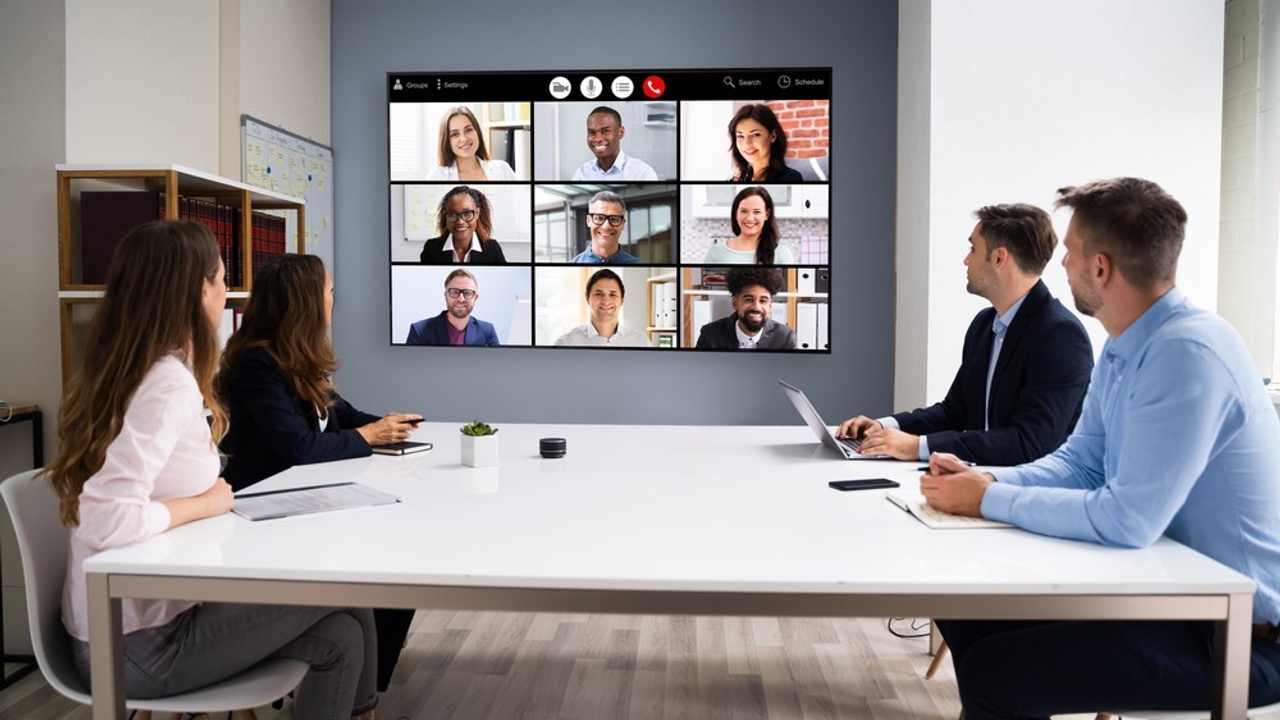Hybridizing the Workplace
Jun 01, 2021
- By Sophie Pinkoski
Hybrid Work Models
As we see pandemic restrictions lifted and places reopen, many people can’t wait to “get back to normal”. Yet with everything we’ve experienced in the past year and a half, returning to what we once considered a normal working environment may not be possible.
"Whether we like it or not, remote work is our new normal. It’s not going away, nor should it."
It may not be sustainable long term on its own, but it’s what we need to consider right now. The best we can do is incorporate it into our plans for reopening the office going forward. To do so, leaders should redefine their workplace to allow their team members to choose the best option to align the organization’s priorities and the individual’s needs.
There are three main options for returning to the workplace, which create a hybrid model:
Remote work – Despite initial doubts about the success of remote work, working from home has proven useful in allowing people to better integrate their careers around their lifestyle. Previously, commuting and after-work events used up significant time and energy from people’s day. Remote working cuts out that time lag and allows the most effective use of time while optimizing labour costs, reducing the carbon footprint, and increasing employee satisfaction.
In person office work – One thing we can all agree on: working from home has taken away the social aspect of work culture. Spending time with people in office allows for regular networking and face to face collaboration. This leads to higher creativity where people can brainstorm and bounce ideas off each other in a more organic way than our screen time can allow.
Hybrid work – Going forward, the best option may be a hybrid approach, giving workers the option to build their schedules according to their personal preferences while achieving the organization’s goals. One of the biggest things workers want to keep coming out of the pandemic is flexibility. Splitting their time between home, the office, and other spaces gives them options to help them find the best choice for them. Some are eager to get back to the office, others are wary. Either way, leaders should partner with their team members to achieve a win-win choice without judgement.
So, how do we prepare for a return to the office with a hybrid approach in mind?
Reconfigure your office space – First and foremost, follow restrictions! Physical distancing is your priority in keeping your team safe and healthy. The type of layout you will require will vary according to your team’s unique needs, so communicate with the group to find out what they need most from their work space. For instance, meeting table size is a significant consideration to keep in mind. Close quarters are also crucial; set up procedures to limit the number of people allowed in elevators and other small spaces at one time.
Control access to the workplace – Anyone who chooses to come into the office should consider doing so on a staggered schedule from their co-workers to avoid overcrowding. Have them reserve office space ahead of time to prevent overlapping schedules. This also allows for more flexible working hours to accommodate people’s needs and ensures team members who want an in-person meeting will be at the office at the same time.
Be strict about when to come into the office – According to Gartner, 2/3rds of office workers are able to do their designated work from home. With this in mind, ask yourself: who absolutely needs to be in the office at any given time? Plan your organization’s return to work in phases. Only bring back key players first. Time in the office should be reserved for critical projects or meetings. Set clear guidelines for the type of work that must be done in office and when in order to ensure maximum efficiency.
Overall, be clear about how your organization’s office reopening is being rolled out.
"Communicate with your team throughout the transition to keep them up to date. Address the situation with empathy and understanding and keep individuals’ varying comfort levels in mind."
Not everyone will be ready to return to work when the time comes. So keep an open line of communication, be flexible, and find shared solutions to achieve everyone’s needs.
Further Reading:
What Employees are Saying About the Future of Online Work, McKinsey & Company
Returning to Office Sparks Anxiety and Dread For Some, New York Times
Reopening Businesses in Canada: Considerations for Employers, Fasken
Adapting to the Future Hybrid Workplace with Employees Split In- and Out- of-Office, CIO
Getting Hybrid Right: How Companies are Adapting to the New Workplace Model, LinkedIn
Making the Hybrid Workplace Fair, Harvard Business Review
